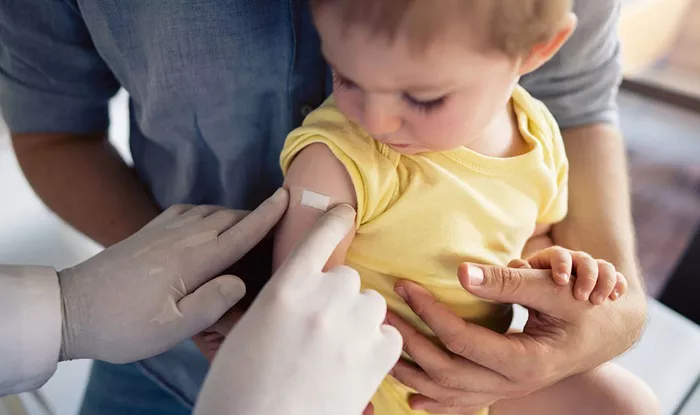A new study from Johns Hopkins University reveals that most U.S. counties have seen declining childhood vaccination rates for measles, mumps, and rubella (MMR) since 2019.
Researchers analyzed data from 2,066 counties across 33 states and found that 78% reported a drop in vaccination rates. The average rate declined from 93.92% pre-pandemic to 91.26% in 2024. Only four states—California, Connecticut, Maine, and New York—showed improvements.
“State averages can be misleading,” said lead researcher Lauren Gardner. “Some counties may have strong coverage while others remain highly vulnerable.”
National data reflects the same trend. CDC figures show MMR coverage among kindergartners dropped from 95.2% in 2019–2020 to 92.7% in the 2023–2024 school year.
This decline coincides with a surge in measles cases. As of May, 1,088 cases have been reported across 32 states—the highest in five years. Nearly all cases were in unvaccinated individuals. Three deaths have occurred, including two children.
Measles was eliminated in the U.S. in 2000, but experts warn that falling vaccine rates could reverse this progress. The CDC recommends two MMR doses, which are up to 97% effective.
Though the study didn’t explore causes, experts cite low disease visibility and rising vaccine hesitancy as possible factors. Dr. Whitney Harrington of the University of Washington encourages providers to listen and address parents’ concerns.
“We have a safe, effective vaccine,” Gardner said. “This is a solvable problem—if action is taken.”
Related topics:


